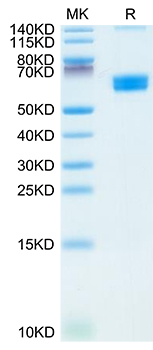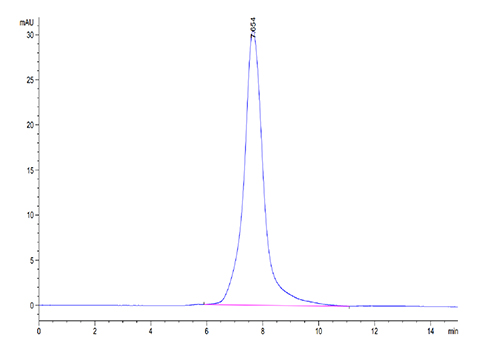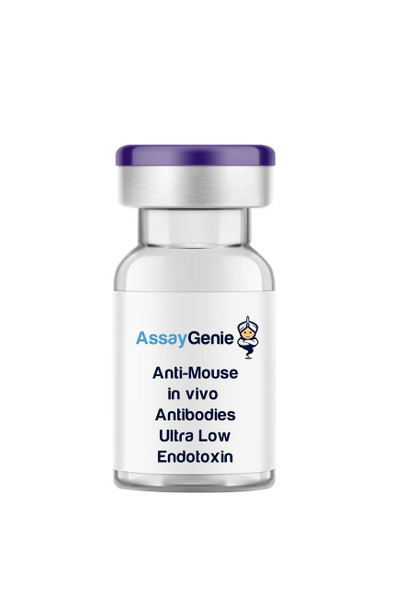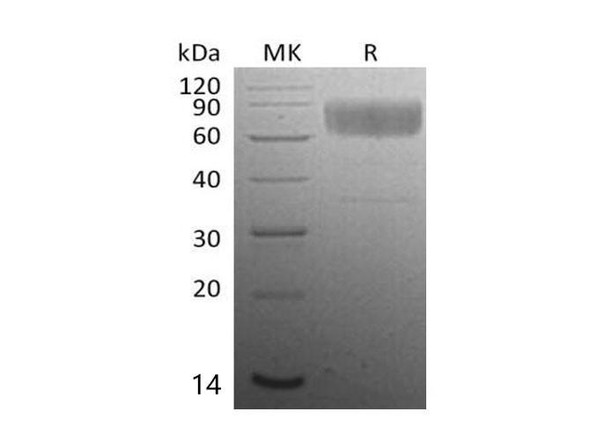Description
Recombinant Mouse CLEC9A/CD370 Protein
The Recombinant Mouse CLEC9A/CD370 Protein is a high-quality recombinant protein designed for murine biological research applications. This protein serves as an essential reagent in mouse model studies, comparative immunology research, and preclinical therapeutic evaluations, enabling scientists to investigate CLEC9A/CD370 biology and its relevance to human disease mechanisms through translational research approaches.
This product (SKU: RPCB1865) is produced using HEK293 cells and features a C-hFc tag for convenient detection and purification. The protein exhibits a calculated molecular weight of 50.9 kDa with an observed molecular weight of 60-70 kDa under denaturing conditions, achieving ≥ 95 % as determined by SDS-PAGE.≥ 95 % as determined by HPLC., ensuring exceptional quality and consistency for research applications.
Key Features
| High Purity by Affinity Chromatography | |
| Mammalian & Bacterial Expression Systems | |
| High lot-to-lot consistency via strict QC |
| Product Name: | Recombinant Mouse CLEC9A/CD370 Protein |
| SKU: | RPCB1865 |
| Size: | 100 μg |
| Reactivity: | Mouse |
| Synonyms: | CD370, CLEC9A, 9830005G06Rik, DNGR-1, HEEE9341, UNQ9341 |
| Tag: | C-hFc |
| Expression Host: | HEK293 cells |
| Calculated MW: | 50.9 kDa |
| Observed MW: | 60-70 kDa |
| Gene ID: | 232414 |
| Protein Description: | High quality, high purity and low endotoxin recombinant Recombinant Mouse CLEC9A/CD370 Protein (RP02779LQ), tested reactivity in HEK293 cells and has been validated in SDS-PAGE.100% guaranteed. |
| Endotoxin: | < 1 EU/μg of the protein by LAL method. |
| Purity: | ≥ 95 % as determined by SDS-PAGE.≥ 95 % as determined by HPLC. |
| Formulation: | Supplied as a 0.22 μm filtered solution in PBS, pH 7.4. |
| Storage: | Store at -70℃. This product is stable at ≤ -70℃ for up to 1 year from the date of receipt. For optimal storage, aliquot into smaller quantities after centrifugation and store at recommended temperature. Avoid repeated freeze-thaw cycles. |
CLEC9A expression was significantly higher in psoriatic skin compared with healthy donor. In psoriatic skin and PsA ST, CLEC9A cells were in close proximity to TUNEL cells. SF CLEC9A levels were significantly lower compared with paired PsA serum. Adalimumab treatment did not affect CLEC9A serum level and skin expression. The downregulation of synovial CLEC9A might be associated with a novel mechanism by which anti-TNF therapy might reduce CD8-mediated inflammation in PsA patients.








